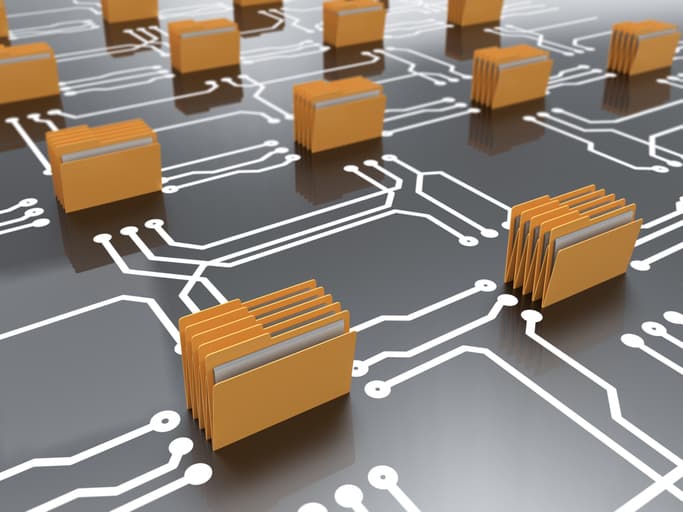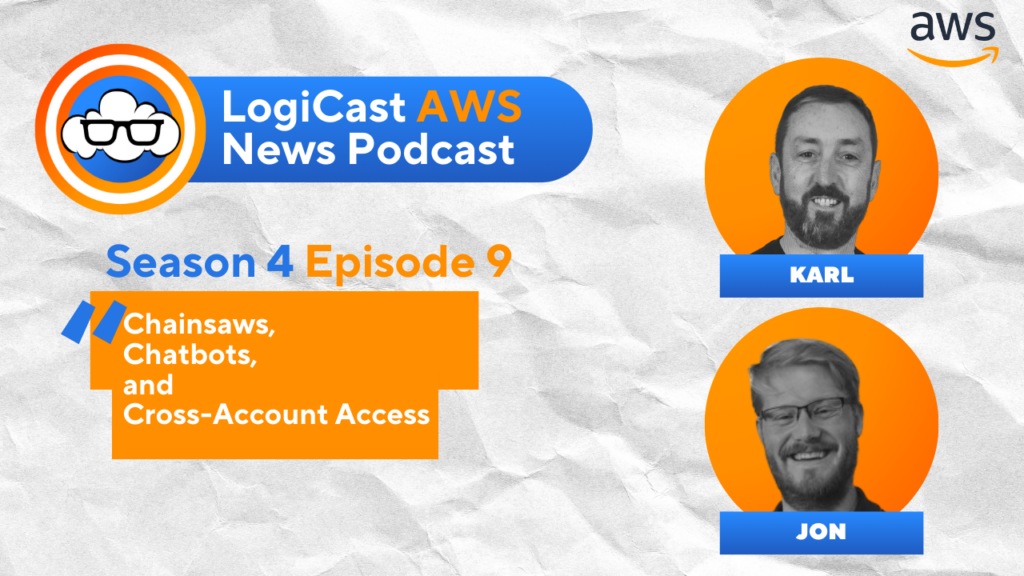
Logicata AI Bot
February 12, 2025
The Logicata AI Bot automatically transcribes our weekly LogiCast AWS News Podcasts and summarises them into informative blog posts using AWS Elemental MediaConvert, Amazon Transcribe and Amazon Bedrock, co-ordinated by AWS Step Functions.
In the latest episode of Logicast, the AWS News podcast, hosts Karl Robinson and Jon Goodall were joined by special guest Dave Hall, an AWS Community Builder from Canberra, Australia. The trio discussed several recent AWS developments and news items, offering insights and opinions on various topics. Let’s dive into the key points covered in this informative discussion.
DynamoDB: A Year of Innovation and Growth
The first topic of discussion was centered around a recent AWS Database Blog post titled “2024, a Year of Innovation Growth for Amazon DynamoDB.” This article highlighted several improvements and new features introduced to DynamoDB over the past year.
Jon expressed particular interest in the price reductions for on-demand throughput and global tables. He emphasized the importance of on-demand pricing, stating, “My attitude towards DynamoDB throughput is just use pay per request or on-demand and stop thinking about it.” Jon argued that while provisioned throughput can be slightly cheaper if perfectly utilized, the simplicity and flexibility of on-demand pricing often outweigh the potential cost savings.
Dave pointed out an interesting omission in the article, noting that the DynamoDB free tier is only available for provisioned capacity, not on-demand. He suggested that Amazon could encourage more users to adopt on-demand pricing by offering a free tier for smaller projects.
The group also briefly touched on the zero ETL (Extract, Transform, Load) integrations announced for DynamoDB with Amazon Redshift and Amazon SageMaker. Jon expressed some scepticism about the widespread applicability of these features, suggesting that many users who need such integrations likely already have processes in place.
When discussing the DynamoDB Accelerator (DAX) innovations, both Jon and Dave admitted to having limited experience with the feature. Jon commented, “DAX is a bit like the one throughput feature. It’s one of those things for nervous managers to kind of go, we want to have all the features that guarantee throughput and stuff.”
Cost Optimization Highlights from re:Invent 2024
The conversation then shifted to cost optimization announcements from AWS re:Invent 2024. Jon found the title of the blog post, “re:Invent 2024 Cost Optimization Highlights that you were not expecting,” somewhat clickbait-ish but acknowledged that the content covered less common optimization topics.
One highlight was the introduction of Intelligent Tiering for Amazon FSx for OpenZFS. Jon explained the significance of this feature, drawing parallels to S3 Intelligent Tiering. He noted, “The lines are becoming really blurry now between which one you want to use between EFS and FSx.”
The podcast hosts also discussed improvements to AWS Auto Scaling, including target tracking and predictive scaling. Jon expressed enthusiasm for these features, stating, “This is really good because target tracking is great. You can just sort of say, at the ASG level, I want you to track requests at the load balancer.”
Dave chimed in on the SageMaker cost optimization features, particularly the ability to scale instances to zero during quiet periods. He mentioned that this could be particularly useful for workloads with inconsistent traffic patterns.
Migrating from Elastic Transcoder to AWS Elemental MediaConvert
The discussion then turned to the impending discontinuation of Amazon Elastic Transcoder, scheduled for November 13, 2025. AWS is recommending users migrate to AWS Elemental MediaConvert.
Jon, who has experience with both services, provided insights into the migration process. He explained that MediaConvert offers more advanced features, including support for higher resolutions and frame rates, as well as media splitting for streaming content. Jon advised, “Pricing is as you’d expect for this sort of service, pay as you use. You can do provisioned pricing as well because you do things like queues.”
Security Concerns with Abandoned S3 Buckets
The podcast then addressed a potential security risk related to abandoned S3 buckets. Dave explained that when an S3 bucket is deleted, its name becomes available for anyone else to use after a short period. This can lead to potential security risks if the bucket name is still referenced in websites or applications.
Dave emphasized the importance of never exposing S3 buckets publicly, advising, “If you want to serve content out of S3, put CloudFront in front of it, because that provides a level of abstraction.” This approach helps prevent potential hijacking of bucket names and subsequent malicious use.
Has Serverless Delivered on Its Hype?
The final topic of discussion was prompted by a Forbes article asking whether serverless computing has lived up to its hype, ten years after the introduction of AWS Lambda.
Dave noted that the article was well-written but focused heavily on Lambda, overlooking the broader serverless ecosystem. He also disagreed with the article’s characterization of enterprise adoption, stating, “I go work with enterprise clients and some of them, they’re doing a lot of stuff with serverless.”
Jon added an interesting perspective on the perception of serverless adoption in enterprises versus smaller businesses. He suggested that serverless usage might appear more prominent in smaller companies’ bills simply because it’s not overshadowed by large EC2 costs, as is often the case with enterprise customers.
Dave shared a cost optimization tip for serverless workloads, suggesting that running separate accounts for different application environments can help keep costs under the free tier thresholds for many services.
Conclusion
This episode of Logicast provided valuable insights into recent AWS developments, from DynamoDB innovations to cost optimization strategies and serverless adoption. The diverse perspectives offered by Karl, Jon, and Dave highlight the complexity and nuance of working with cloud technologies, emphasizing the importance of staying informed about new features and best practices in the rapidly evolving AWS ecosystem.
This is an AI generated piece of content, based on the Logicast Podcast Season 4 Episode 6.





